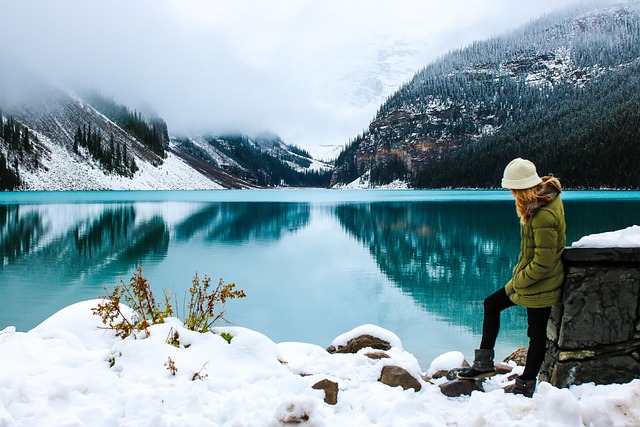Rocky Mountains, Canada: An Overview
History
The Rocky Mountains, often referred to as the Rockies, are a major mountain range stretching approximately 4,800 kilometers (3,000 miles) from the northernmost part of British Columbia in Canada to New Mexico in the United States. The Canadian segment of the Rockies has a rich history:
- Indigenous Heritage: For thousands of years, Indigenous peoples such as the Ktunaxa, Stoney Nakoda, and Cree have lived in and around the Rockies, relying on the land for hunting, fishing, and trade routes.
- European Exploration: In the late 18th and early 19th centuries, European explorers, fur traders, and surveyors, including David Thompson and Simon Fraser, began to traverse and map the region.
- National Parks: The establishment of Banff National Park in 1885 marked the beginning of the Rockies as a major conservation and tourist area. Jasper, Yoho, and Kootenay National Parks followed, all contributing to the preservation and popularity of the region.
Location
The Canadian Rockies span the provinces of British Columbia and Alberta. Key locations within the Rockies include:
- Banff National Park: Located in Alberta, it is one of the oldest national parks in Canada, renowned for its stunning scenery and diverse wildlife.
- Jasper National Park: North of Banff, also in Alberta, known for its vast wilderness and the Columbia Icefield.
- Yoho National Park: Located in British Columbia, famous for its towering waterfalls and deep-blue lakes.
- Kootenay National Park: In British Columbia, offering a mix of alpine landscapes and hot springs.
Why So Popular?
- Spectacular Scenery: The Rockies are famed for their rugged mountain peaks, expansive valleys, crystal-clear lakes, and abundant wildlife.
- Outdoor Activities: The region offers world-class opportunities for hiking, skiing, snowboarding, mountaineering, and wildlife viewing.
- National Parks: Banff, Jasper, Yoho, and Kootenay National Parks provide well-maintained facilities, scenic drives, and diverse natural attractions.
- Wildlife: Home to a wide range of wildlife, including grizzly bears, elk, mountain goats, and wolves.
- Cultural Heritage: Rich in both Indigenous and pioneer history, with numerous museums, historic sites, and cultural events.
Payless Travel Tips
- Off-Season Travel: Visit during the shoulder seasons (late spring and early fall) to avoid the peak tourist crowds and enjoy lower prices on accommodations and activities.
- Camping: Consider camping in the national parks instead of staying in hotels. Parks Canada offers well-equipped campgrounds at a fraction of the cost of hotels.
- Parks Pass: Purchase a Parks Canada Discovery Pass if you plan to visit multiple national parks, which can save money on entrance fees.
- Public Transportation: Use the affordable public transit options like the Roam transit service in Banff or shuttle buses between major attractions to save on car rental and parking fees.
- Self-Catering: Stay in accommodations with kitchen facilities and buy groceries to prepare your own meals. This can be more cost-effective than eating out, especially in tourist areas.
- Free Activities: Take advantage of the many free activities, such as hiking, wildlife viewing, and visiting public viewpoints and natural attractions.
The Canadian Rockies’ blend of natural beauty, recreational opportunities, and cultural richness makes it a top destination for travelers seeking both adventure and tranquility in a stunning mountainous setting.



0 Comment